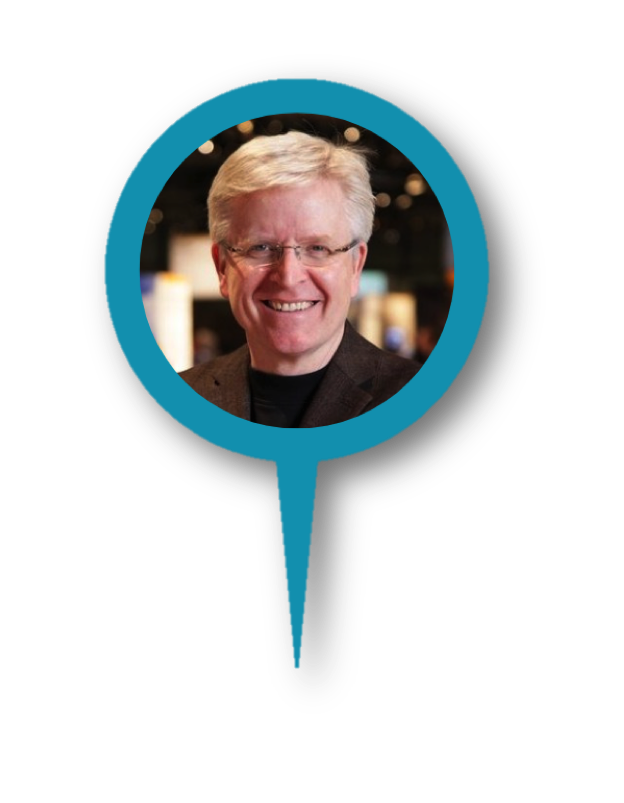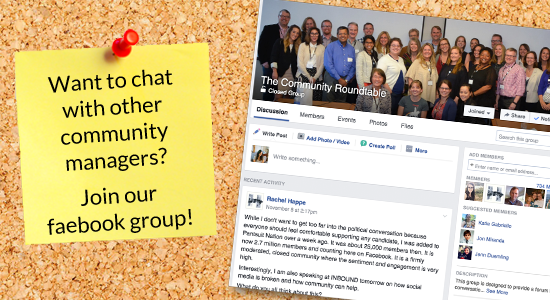
One of the benefits of membership in TheCR Network is access to experts from every stage of the community journey.
We’ve invited Chip Rodgers, former community executive at SAP, Ciena, and MicroStrategy, to have a discussion with Rachel Happe, co-founder of TheCR, and Network members about Chip’s experiences and perspectives on community and where they fit at the executive table.
They’ll discuss:
- Navigating business and community needs
- Having conversations about community across domains
- What community practitioners who are looking to grow their career and programs need to know.
- How community in large organizations is evolving to make room for cross-channel discussion
As a prelude to the Roundtable call, I chatted with Chip and wanted to share some highlights with you!
“Communities were an anomaly in the corporate space back in those days. The whole idea of creating an online community was completely foreign to most companies and business leaders.
For SAP in fact, it took a visionary leader on the management board to really make it happen. SAP was about to launch the NetWeaver platform and wanted to attract developers, ISVs, and other partners to build solutions on the platform. An online community was a way to allow all the technical folks to build solutions, share code samples, work together to co-innovate, ask questions, solve problems, and share successes. But at the time, there were not many other examples to point to, there were no business case examples, and it was really a leap of faith to even get it off the ground. In addition, the team that launched the community was pretty much on their own figuring out how to make this whole “community thing” work. There was no support, there was no Community Roundtable, there were no online resources or other people talking about the “how to” of community.
Today, there are tons of companies that have launched successful communities across many different industries in both B2C and B2B environments. That means any organization that decides to take the plunge to build a community can look around and find MANY supporting organizations, other community managers, other examples in their industry, business case examples, amazing research on the value of communities, etc. These didn’t exist back in those days.
So as tough as it may seem sometimes to be running a community because maybe the rest of your organization doesn’t quite “get it”, you’re not alone — you have lots of friends with great ideas and support to help you make the community successful and to get the word out about your own success as it comes together.”
Where do you see the community industry in five years?
“I see it only continuing to grow. Customer communities are very powerful, but we’ve only scratched the surface — both in terms of organizations deploying communities and in terms of the value organizations are getting out of communities. So many organizations today that have deployed communities see it only as a “support community” or think that it only helps with call deflection. That’s a very narrow view of the value of community.
Organizations taking full advantage of customer/partner communities make it part of their brand promise, make sure employees understand and fully embrace community, and work with community members to connect more deeply, solve their problems, listen to their concerns, share their successes, incorporate their ideas back into products, and celebrate them as the heroes they are.
The full value of community can be very powerful, yet not everyone has woken up to the value. I’m convinced that will change for the better though!”
Did you have any community management mentors along the way? Any specific advice they gave you that stood out to you?
“Yes! I learned a ton from some of our early community pioneers like Mark Finnern, Marilyn Pratt, and my old boss Mark Yolton. A great example is that we had a very strong policy that we would never take down content that just happened to disagree with our point of view or that was critical about some aspect of a product (other than abuse of course). It’s easy to say that in principle. It can be very hard in practice — especially when you have a complaint that gets attention from senior leadership. But we found that we’d built enough of a culture in the community that many times other community members would say “that’s not been my experience”, in effect defending the company. Anytime we had a controversial post, our moderators would bring it to our attention and we’d let the right product manager know what was being discussed. They would watch and possibly comment to provide the company’s perspective.
It took time and some uncomfortable internal discussions, but you can’t imagine how that policy builds credibility and makes for even more passionate, engaged, brand advocates. Philosophies like that built a very strong culture of trust between the company and our customers and partners — and they are vocal about that to other prospective customers, on social media, and to press and analysts. It’s very valuable.”
Want to hear more from Chip?
Members of TheCR Network can join his Roundtable call on June 7th at 2pm ET. RSVP here.
Not a member of TheCR Network? Learn more or join today for exclusive access to community management resources.

